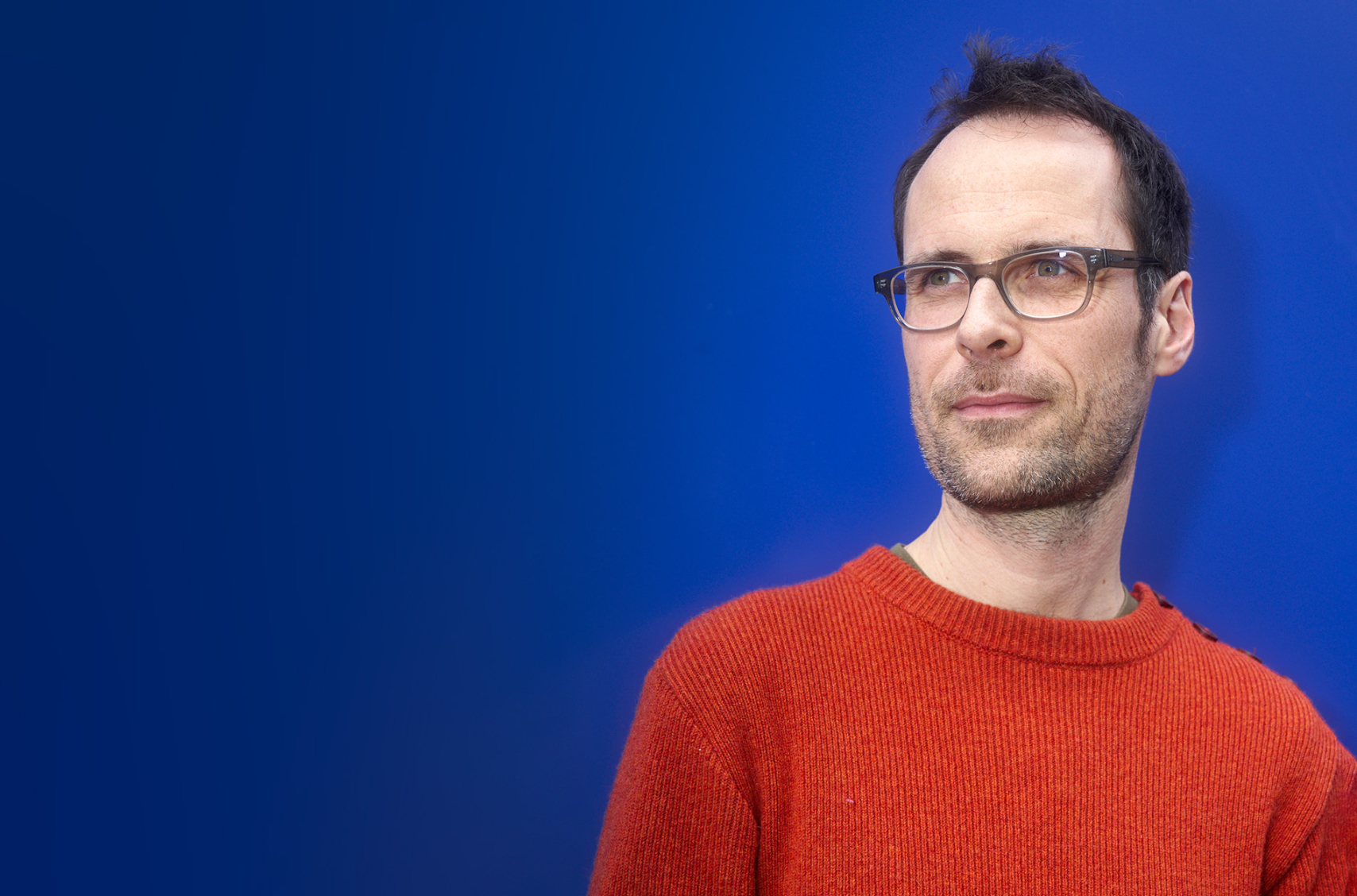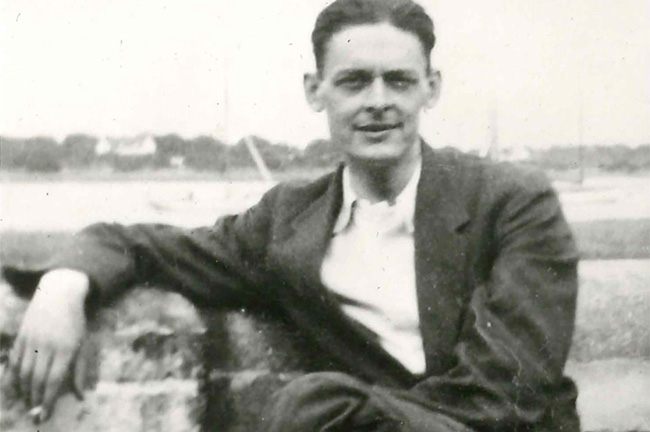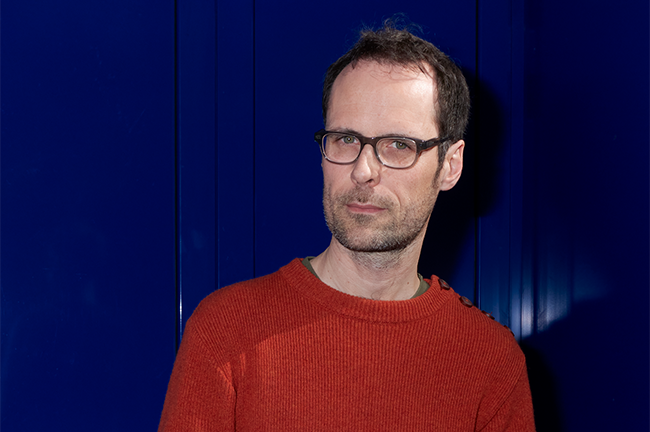Since your first participation at the Festival d'Automne with Joris Lacoste in 2011 that alternated between the putting into music of speech and dramatization, which one finally won the day?
I am not sure such a match took place. The putting into music of speech has never been an end in itself, but rather a resource that I have always sought to contextualize, dialectelize, and dramatize. Although passionate about the spoken word and its musicality, I have always tried to avoid the pitfalls of the literal speech melody which, once we have moved on from the historical examples of Steve Reich, René Lussier and Peter Ablinger, has nothing more to say to us today. Other matches have permeated these years since the inaugural concert at the Bouffes du Nord in 2012: fragment versus development, and discontinuity versus immersion, among others. But these matches are invariably draws, the winner is always located between the two poles, in an uncertain balance that is the sole property of the works themselves. I do, however, observe a relatively clear tendency: my relationship with musical time has become one which is more stretched out, and which has opened the way to longer forms, such as the 50 minute-long Notes pour les diapasons invisibles. While reworking some of my past pieces for the "Palimpseste" concert, I realized that I was adding a lot of silences and fermata, and that I was willingly slowing down the tempi...
During the monographic concert at the Bouffes du Nord in 2012, with the Song Recycle cycle, the piano part you played seemed to reinforce the dignity of the a capella singing you had taken from YouTube. Is it in this same spirit, or perhaps due to other issues; that your writing techniques borrow from baroque opera (recitative, ornaments etc) as well they might from from pop?
Yes, the Song Recycle cycle started from recordings of a cappella voices taken from YouTube, mainly "amateur" songs and singing, rooted in pop culture. Though greatly modified, these voices retained something of their modest origin, and no doubt the means by which I brought them to the stage, via the piano, evoking the tradition of the lied, had the effect of reinforcing the dignity of these voices. However, I would never make of it an aesthetic program: it has never been my intention to try to make popular culture more acceptable or more presentable in an erudite setting. What interests me more are the shocks, frictions resulting from this encounter between materials or sounds that belong to heterogeneous traditions.
In Metaclassique #163, you made clear your desire to free yourself from the strict melodic outline of the spoken word in favour of a "return to a more traditional form of accompaniment". Thus, could it be said that in your journey towards opera, you might go as far as to embrace bel canto?
And why not? It is true that until now, my writing for the voice has sought to bypass the melisma and grand vocal surges that are specific to the opera tradition, in order to further explore the melodic folds of the spoken word (recitative, sprechgesang) and the song’s genre (pop or traditional. I have always preferred what is hummed or whispered to what is seen, in a very head-on way, as "beautiful singing". That said, I have always made sure that the inclinations or tendencies in my writing do not solidify into dogmas and I am wary of the dictatorship of personal preferences. We quickly settle into a routine. What was at stake, in dramaturgical terms, in the opera Kind des Faust, set to a libretto by Sylvain Creuzevault, led me to considerably broaden the expressive spectrum of the voice, taking in explicit references to operatic tradition, such as virtuoso solos (arias), duets and trios.
Between an actor who hums and a singer who declaims, you do not really have a preference. Is it more the case that they provide you with a whole host of contrasting opportunities?
They can both be found in the electroacoustic piece Ear to Ear (2022), based on the poem The Waste Land by T.S. Eliot. The poem is, by turns, recited by actors, or sung by a female singer. But sometimes the roles are reversed, painlessly – at least I hope so.
Many of your works in progress are in response to pre-existing works. Do you choose them for their potential stylistic complementarity with your music or does the stimulus stem from your feeling of incompleteness towards them?
Most of the time, I mobilize not works but rather materials – if this distinction makes sense at all. It might range from snippets of music played in the street (Rumorarium), and playlists of elevator music (Contre-flux I and II) to recordings of birdsongs (Notes pour les diapasons invisible). These materials interest me as documents, in terms of the weight of the real and memory that they carry within them, and which enables them to resist the erosion they might undergo via the work of the composition. But it is true that for the Variations Belvédère project, with L'Instant donné, I gave myself as a "work-companion" a pre-existing work, the Cançons i danses by Frederic Mompou. The latter is a series of piano diptychs that contrasts a song and a piece of dance music from the Catalan tradition. Strictly speaking, my creation does not quote this work, but it renews the gesture: I also propose a diptych, for a larger ensemble (instrumental ensemble with voice), which takes a more panoramic and polyphonic look at the source material. The reference is taken up with that of the tribute or hommage. I do not detect any incompleteness in the music of Frederic Mompou. It has something profoundly solar, dazzling, and which I hope to come close to, with my own language.
Interview by David Christoffel, March 2023





